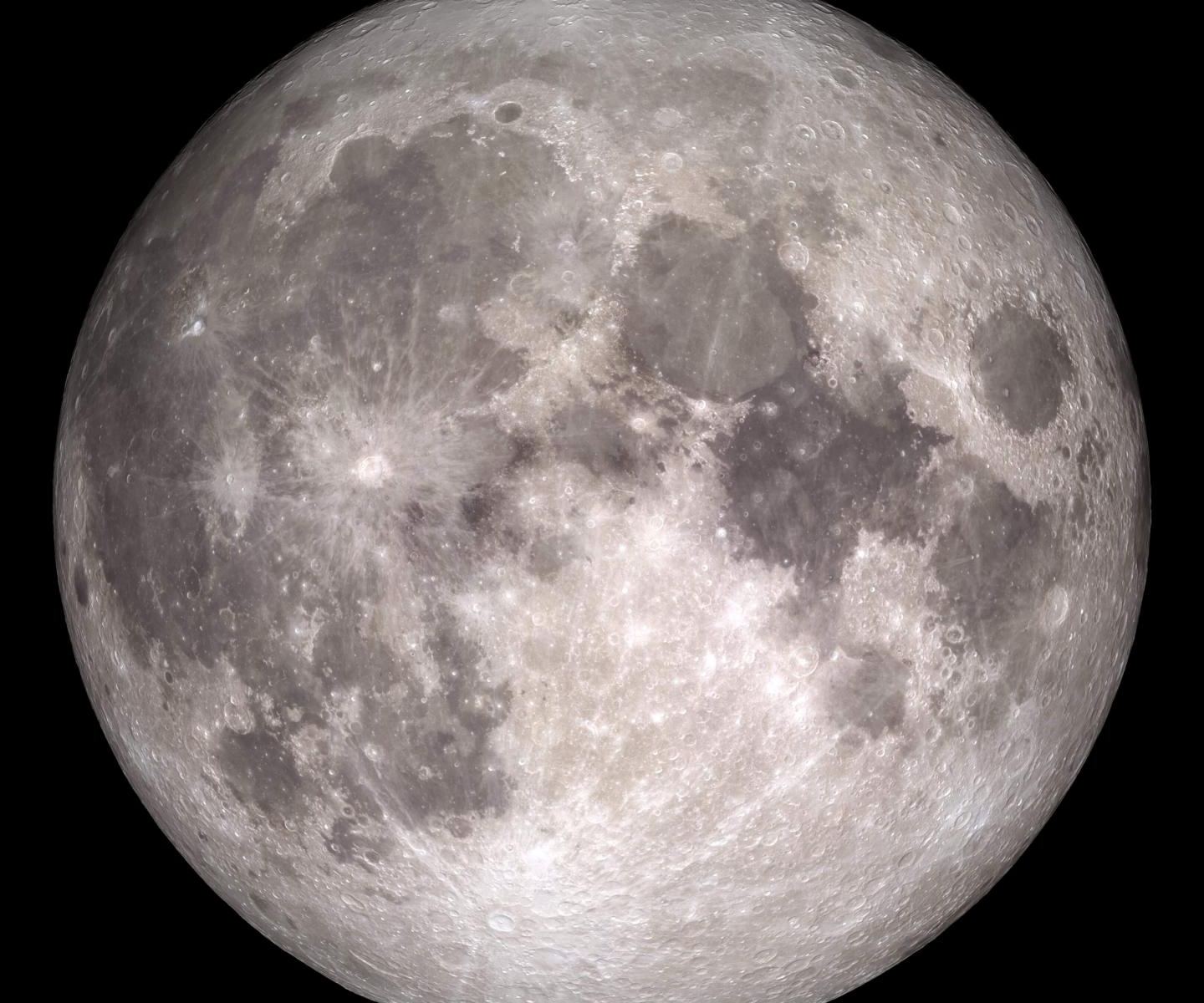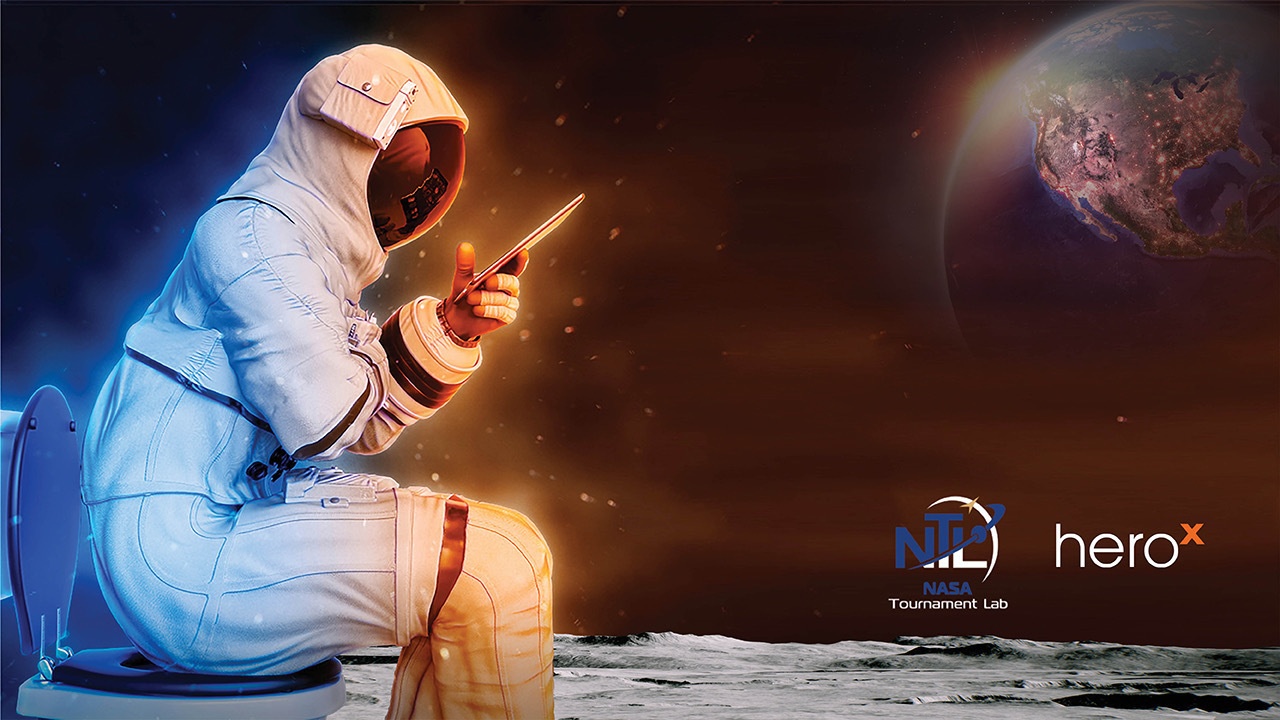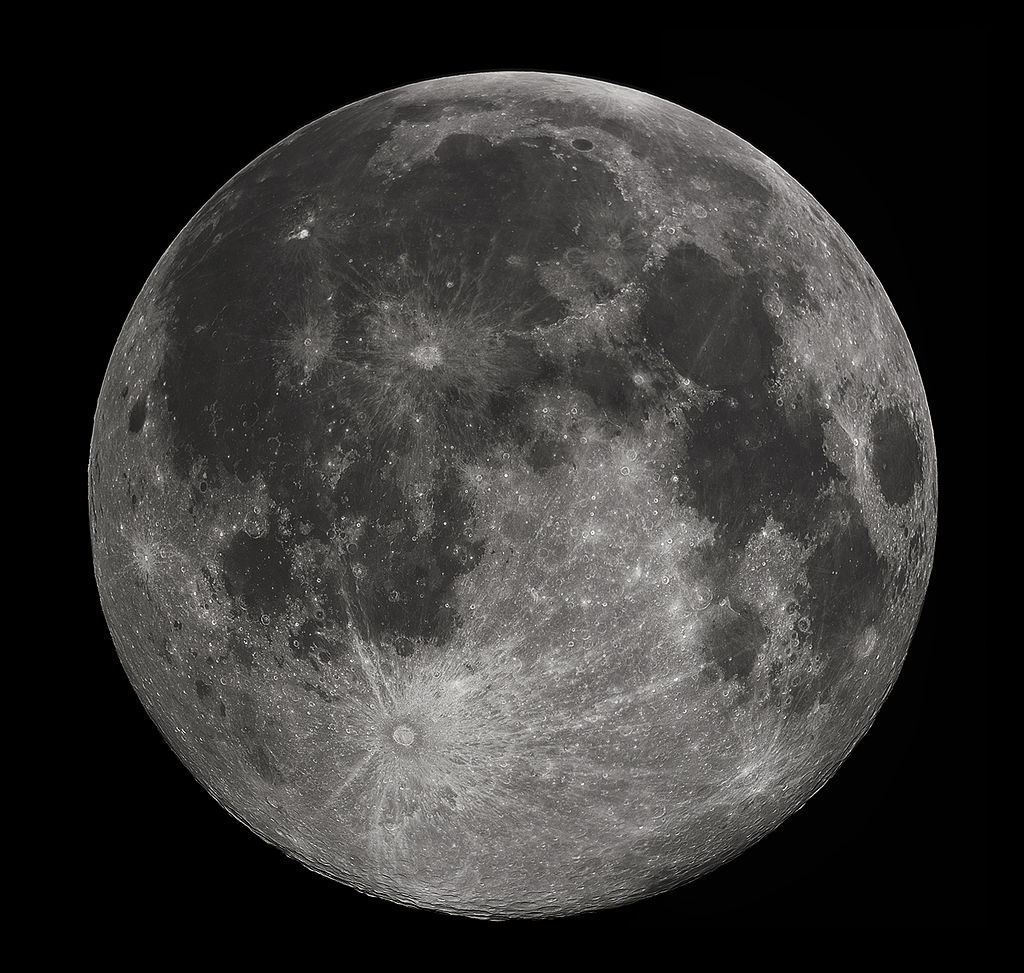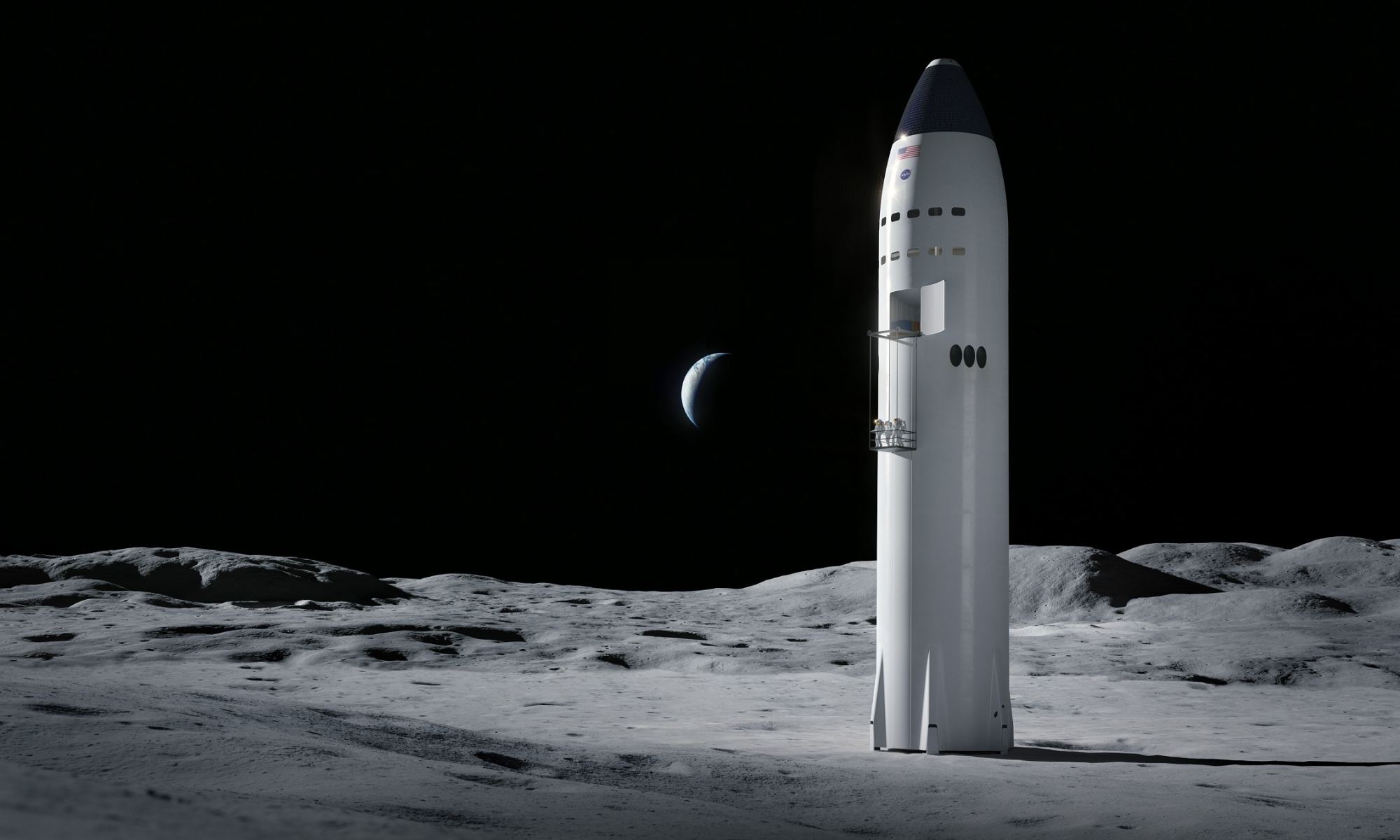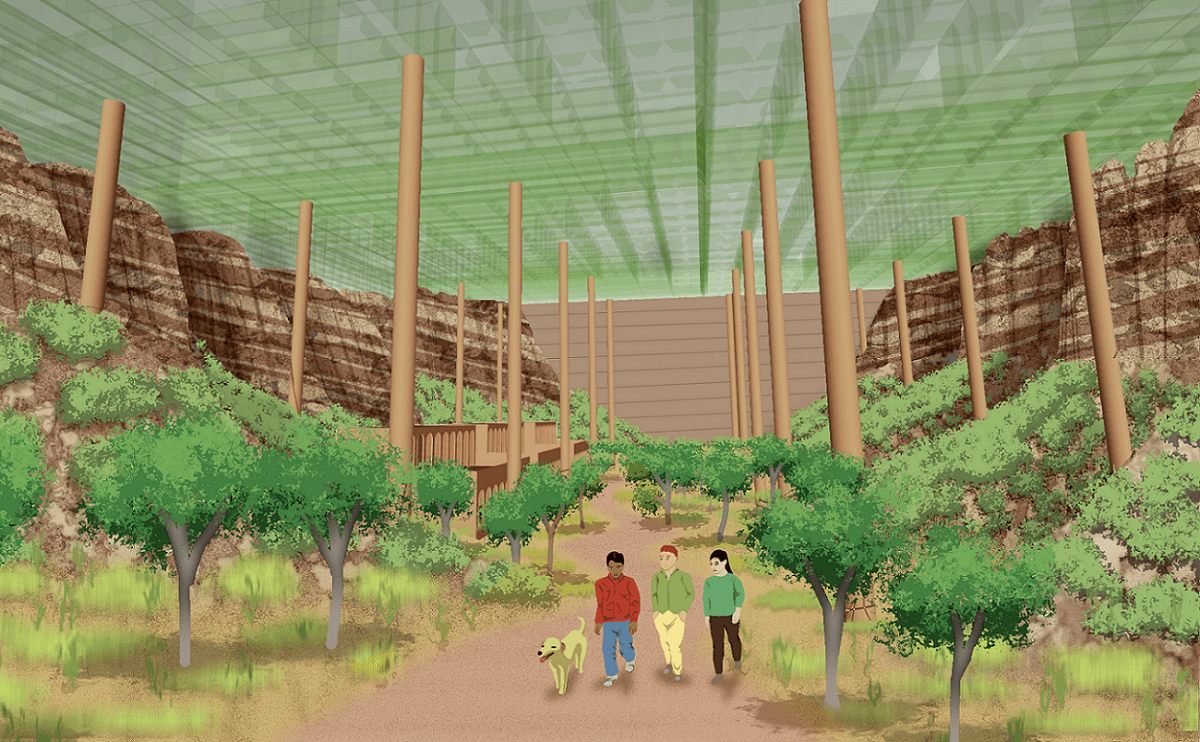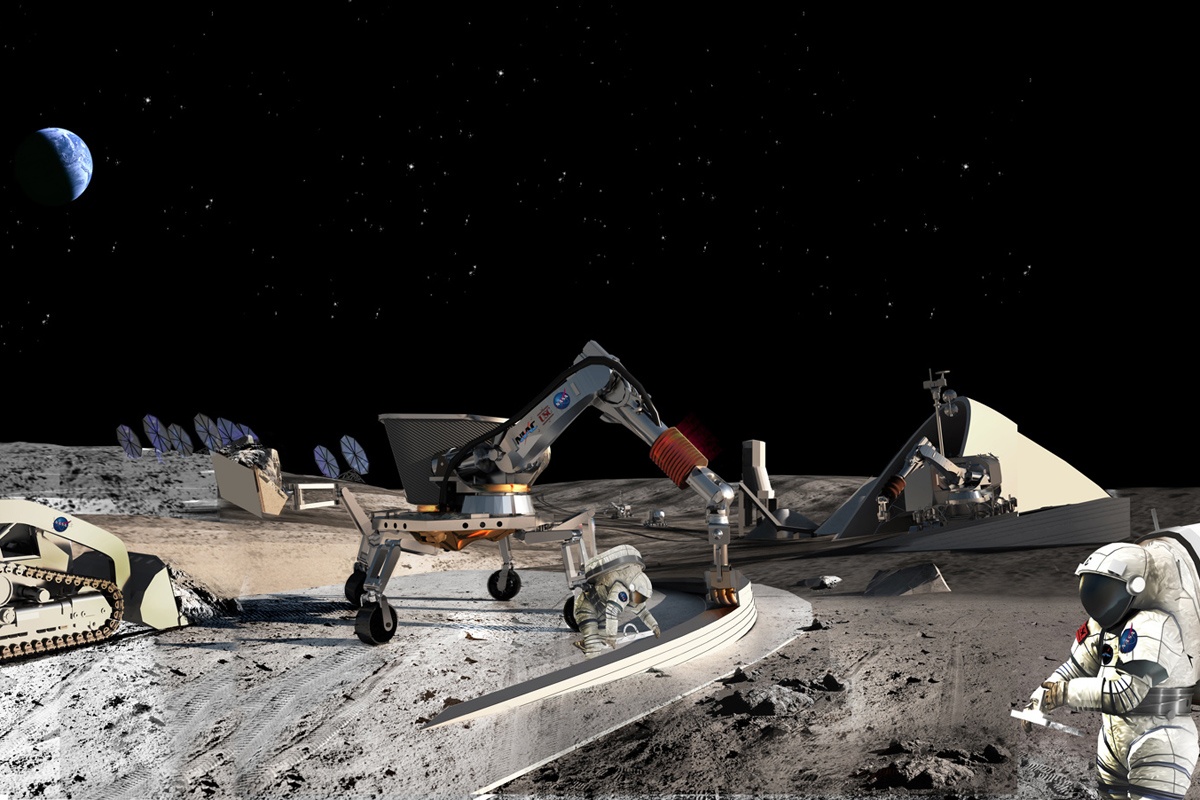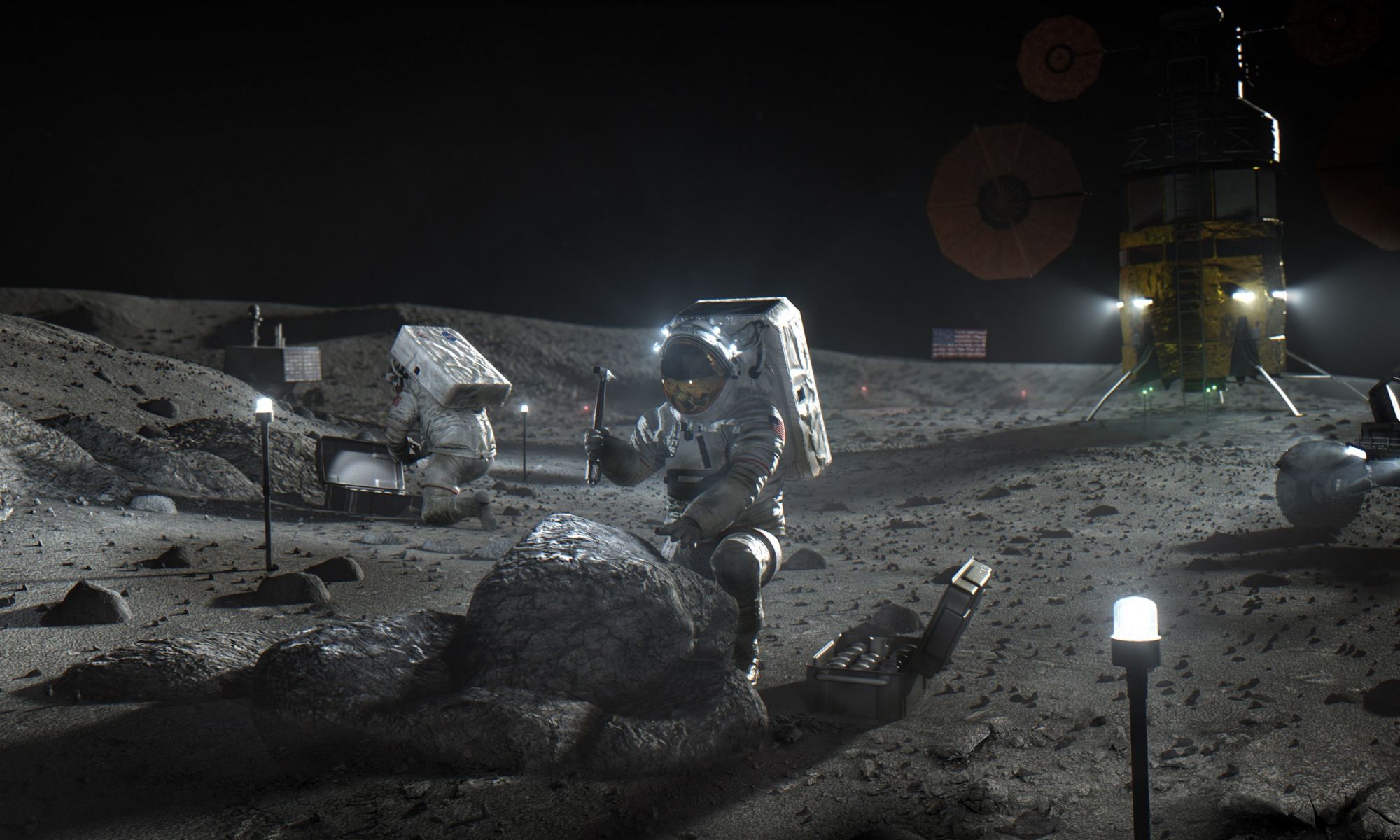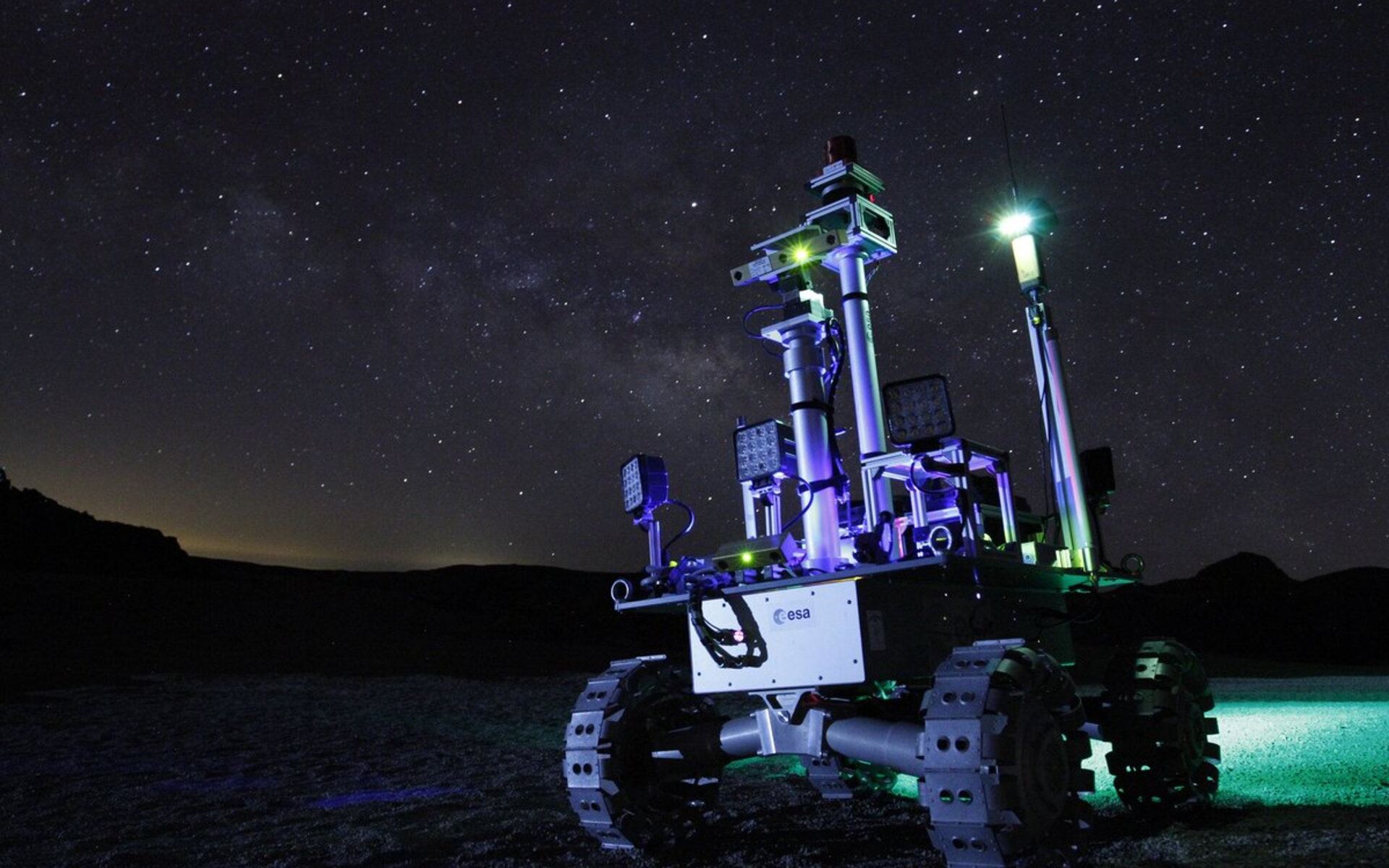The oldest stars in the Universe are cloaked in darkness. Their redshift is so high, we can only wonder about them. The James Webb Space Telescope will be our most effective telescope for observing the very early Universe, and should observe out to z = 15. But even it has limitations.
To observe the Universe’s very first stars, we need a bigger telescope. The Ultimately Large Telescope.
Continue reading “What Telescope Will Be Needed to See the First Stars in the Universe? The Ultimately Large Telescope”

